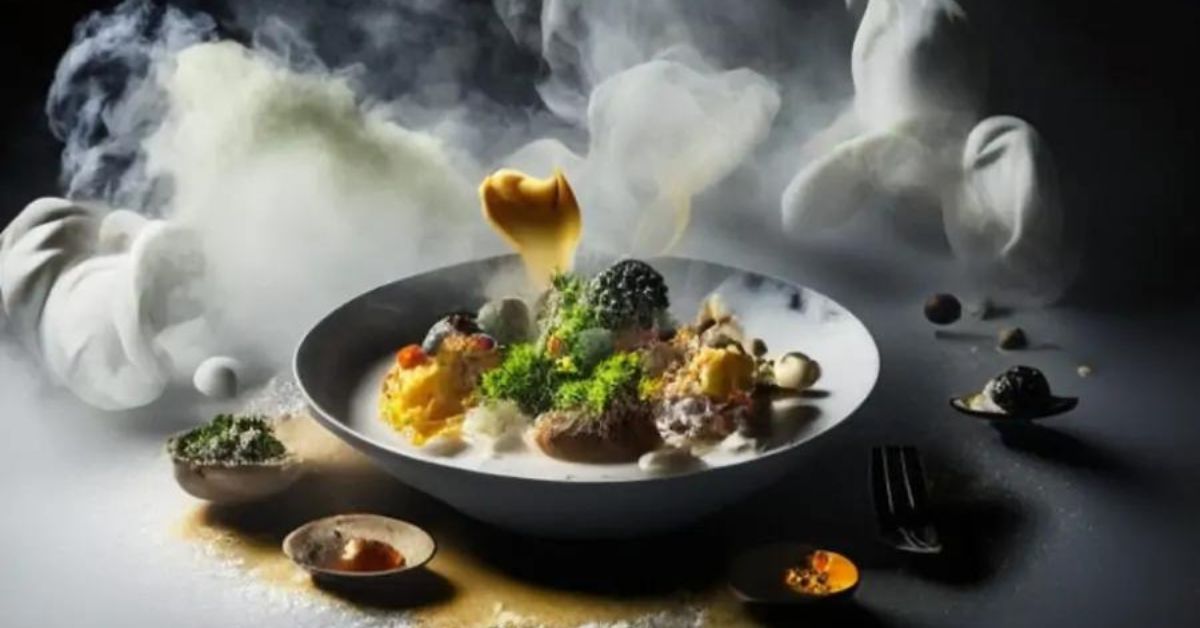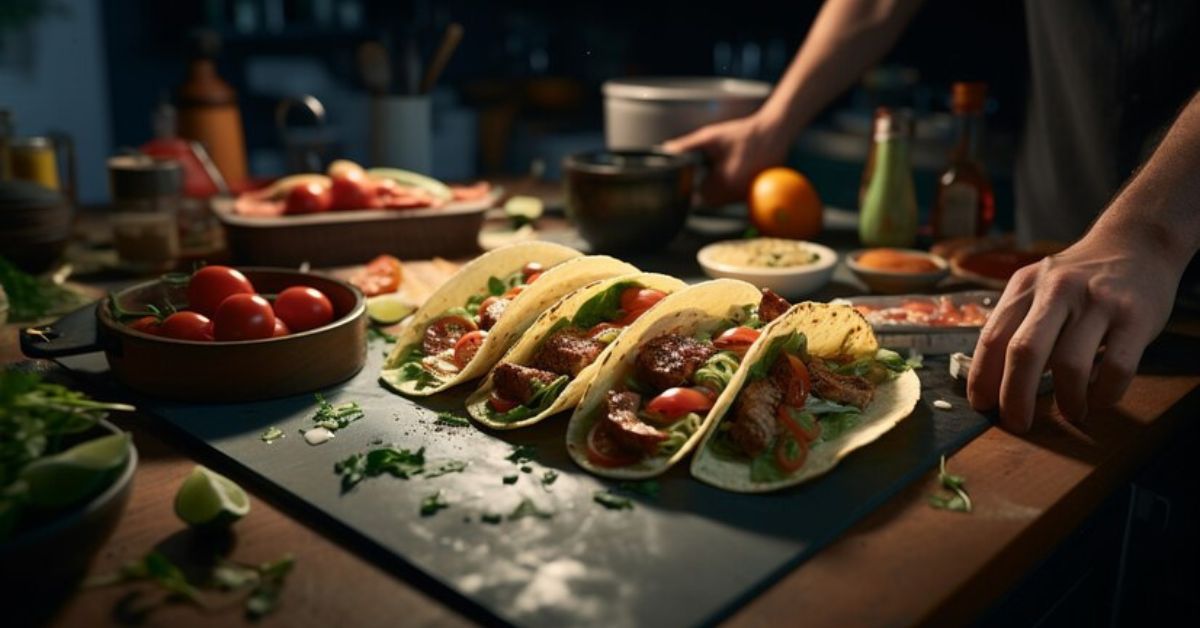Turron, a delightful confection with centuries of history, has become a beloved treat across many cultures. Whether enjoyed during the holidays or as an indulgent snack, its crunchy texture and sweet flavor evoke nostalgia and a sense of celebration. But what exactly is turrón? How did it come to be, and why has it remained a favorite for generations? In this article, we’ll dive deep into the fascinating history of turrón, its ingredients, various types, and its cultural significance. Let’s embark on a journey that will introduce you to the world of turron like never before.
What Is Turron?
Turron is a traditional sweet confection made primarily from honey, sugar, and egg whites, mixed with almonds or other nuts. The texture can range from hard and brittle to soft and chewy, depending on the recipe. The blend of these simple ingredients creates a uniquely flavored treat that has captivated the hearts of many. Traditionally, turrón is associated with Spain, especially during Christmas time. However, its popularity extends far beyond the Iberian Peninsula, reaching countries in Latin America and even parts of Asia.
The Origins of Turron: A Sweet History
The exact origins of turron are debated, but most historians trace it back to the Moors who invaded Spain during the 8th century. The Moors brought with them a variety of culinary traditions, one of which was a nougat-like dessert made from honey and almonds. This early version of turrón evolved over time, influenced by local Spanish ingredients and tastes. Turrón became particularly popular in the region of Alicante, where almonds were abundant. By the 16th century, it was firmly established as a Christmas treat. From there, it spread to other parts of Spain and eventually to other countries, becoming a staple during holiday celebrations.
The Ingredients: Simple Yet Perfect
One of the defining characteristics of turrón is its simplicity. At its core, turrón consists of only a few ingredients, but these ingredients must be of the highest quality to achieve the perfect balance of flavor and texture.
- Honey: Adds sweetness and binds the ingredients together.
- Sugar: Enhances the flavor and adds to the sweetness.
- Egg Whites: Provides structure and lightness.
- Almonds: The star ingredient, offering crunch and a nutty flavor. Variations may use other nuts such as hazelnuts, pistachios, or peanuts.
These ingredients may be altered slightly depending on the type of turrón being made, but the simplicity remains key to its timeless appeal.
Types of Turron: Soft vs. Hard
There are two main types of turron: turrón duro (hard turron) and turrón blando (soft turrón). The difference lies in the preparation process and the texture.
- Turrón Duro (Hard Turron): This variety has a firm, brittle texture similar to a nut brittle. The almonds are whole or roughly chopped, and the honey mixture sets into a hard block. It’s crunchy, sweet, and has a satisfying snap when you bite into it.
- Turrón Blando (Soft Turrón): As the name suggests, soft turrón is smoother and more malleable. The almonds are ground into a paste, resulting in a chewy and creamy texture. This variety is often easier to eat and melts in the mouth, making it a favorite for those who prefer less crunch.
Both types are equally delicious, but people often have strong preferences for one over the other.
How Turrón Is Made: The Traditional Process
The making of traditional turrón involves patience and precision. The first step is to heat honey and sugar until they form a thick syrup. Egg whites are then beaten into the mixture, giving it volume and a lighter texture. Once this mixture reaches the right consistency, almonds (or other nuts) are folded in. For hard turrón, the mixture is poured into molds and left to harden. For soft turrón, the almonds are ground before being mixed in, resulting in a smoother, more uniform texture. While modern methods may speed up the process, many turrón artisans still use traditional techniques, preserving the authenticity of this timeless treat.
The Cultural Significance of Turrón
Turrón is much more than just a sweet treat; it holds significant cultural value, especially in Spain. It is most commonly associated with Christmas, where it is a staple on holiday tables. Families gather to share turrón alongside other traditional Christmas foods, making it an integral part of the festive season. In many Spanish households, turrón is gifted to loved ones, symbolizing love, friendship, and the joy of giving. Its presence during special occasions like weddings and religious festivals further emphasizes its role in Spanish culture.
Turrón in the Modern World
Although turrón has ancient roots, it has adapted to modern tastes and preferences. Today, you can find a wide range of flavors, from classic almond turrón to innovative varieties featuring chocolate, fruits, and exotic spices. Turrón has also gained popularity in international markets, with countries like Italy, France, and Latin American nations developing their own versions of the treat. Whether traditional or modern, the essence of turrón remains unchanged: a sweet, nutty delight that brings people together.
Health Benefits of Turrón: A Nutritious Treat
Though turrón is undoubtedly a sweet indulgence, its key ingredients offer some surprising health benefits, particularly when enjoyed in moderation.
- Almonds: Rich in healthy fats, fiber, protein, and vitamins, almonds are a heart-healthy addition to any diet. They can help lower cholesterol, improve brain function, and provide essential nutrients like magnesium and vitamin E.
- Honey: A natural sweetener, honey is packed with antioxidants and has antibacterial properties. It can also help soothe sore throats and boost energy levels.
- Egg Whites: A good source of high-quality protein, egg whites are low in calories and fat, making them a nutritious component of turrón.
While turrón is still a dessert and should be eaten in moderation, its use of natural ingredients makes it a better option than many processed sweets.
How to Enjoy Turrón: Pairing and Serving Suggestions
Turrón is incredibly versatile and can be enjoyed in a variety of ways. Traditionally, it is served on its own as a holiday dessert, but there are plenty of creative ways to enjoy this delicious treat.
- With Coffee or Tea: The sweet, nutty flavor of turrón pairs perfectly with a cup of coffee or tea. The bitterness of coffee balances the sweetness, while tea offers a lighter, refreshing contrast.
- As a Dessert Topping: Crumble turrón over ice cream or yogurt for a crunchy, sweet topping. It can also be used to add texture and flavor to cakes, pies, and other desserts.
- With Wine: For an indulgent experience, pair turrón with a glass of dessert wine or champagne. The sweetness of the wine complements the rich flavors of the turrón, creating a luxurious treat.
Conclusion
Turron is a timeless confection that has stood the test of time, bringing joy to those who savor its rich, nutty flavor. Whether you prefer the crunch of turrón duro or the softness of turrón blando, this traditional treat holds a special place in the hearts of many. Its simplicity, cultural significance, and adaptability ensure that turrón will continue to be a beloved dessert for generations to come.
FAQs
What is the difference between turrón and nougat?
While both turrón and nougat are made from honey, sugar, and nuts, turrón is traditionally Spanish and often uses almonds. Nougat, on the other hand, has variations across Europe and can include a wider variety of nuts and fruits.
Is turrón gluten-free?
Yes, traditional turrón made from honey, sugar, egg whites, and almonds is gluten-free. However, modern varieties may contain ingredients that could introduce gluten, so it’s always best to check the label.
Can I make turrón at home?
Yes, turrón can be made at home with the right ingredients and some patience. There are many recipes available that guide you through the process, whether you prefer hard or soft turrón.
How should turrón be stored?
Turrón should be stored in a cool, dry place. Once opened, it’s best to keep it in an airtight container to maintain its freshness and texture.
Is turrón suitable for vegans?
Traditional turrón contains egg whites, making it unsuitable for vegans. However, there are vegan-friendly versions available that use alternative binding agents instead of eggs.












